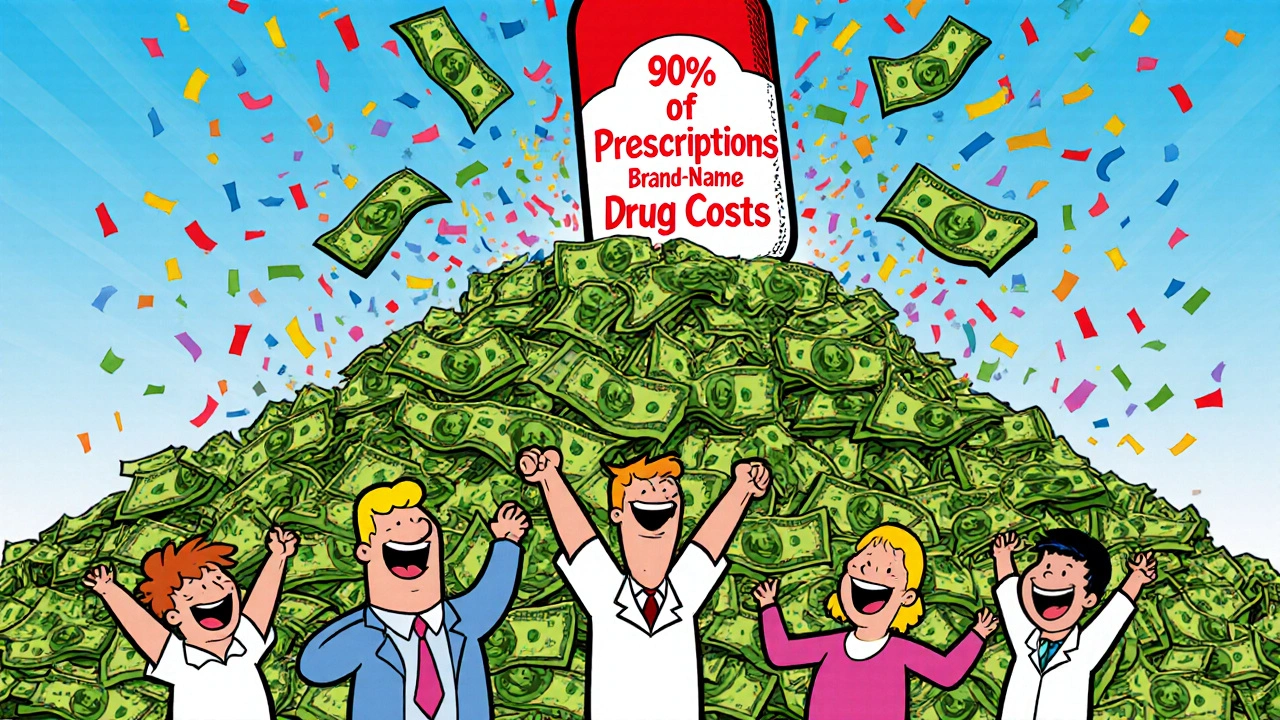Generic drugs saved $482 billion in U.S. healthcare spending in 2024, making up 90% of prescriptions but only 12% of costs. Biosimilars are next, with potential to save hundreds of billions more-if we stop blocking them.
Biosimilar Savings: How These Drugs Cut Costs Without Compromising Care
When you hear biosimilar savings, cost-reducing alternatives to expensive biologic drugs that work just like the original. Also known as biologic generics, they’re changing how patients access life-saving treatments without paying premium prices. Unlike regular generics, which copy small-molecule drugs, biosimilars are complex proteins made from living cells—think insulin, rheumatoid arthritis meds, or cancer therapies. They’re not exact copies, but they’re proven to work the same way, with the same safety and effectiveness, approved by the FDA and global health agencies.
Why does this matter? Brand-name biologics can cost over $100,000 a year. A biosimilar, a highly similar version of a biologic drug approved after the original patent expires often costs 15% to 70% less. For example, a biosimilar version of Humira might save a patient $10,000 a year. That’s not a small number—it’s the difference between sticking with treatment or skipping doses because of cost. And it’s not just about individuals. Hospitals, insurers, and governments are shifting to biosimilars to stretch healthcare budgets further, without sacrificing outcomes. This isn’t theoretical—it’s happening right now, with over 30 biosimilars approved in the U.S. alone, covering everything from diabetes to Crohn’s disease.
Still, confusion lingers. Some patients worry biosimilars aren’t as good. But the data doesn’t back that up. Studies show no meaningful difference in how well they work or how safe they are. The real issue? Lack of awareness. Doctors don’t always bring them up. Pharmacists can’t switch prescriptions without permission. And some patients are stuck on the brand because they’ve never been offered the cheaper option. That’s changing. More providers are educating patients. More insurers are requiring biosimilars first. And more manufacturers are entering the market, driving prices down even further.
What you’ll find in the posts below is a clear look at how these savings actually play out in real life. From how biosimilars compare to traditional generics, to why some drugs still cost too much even when alternatives exist, to how drug shortages and pricing games affect what’s available—you’ll see the full picture. No fluff. No marketing. Just what works, what doesn’t, and what you need to know to get the best care at the lowest price.

